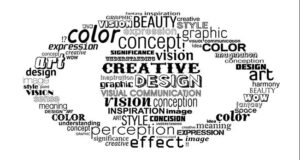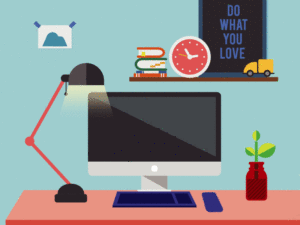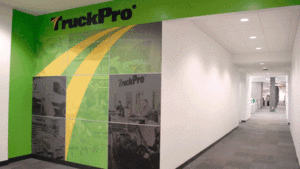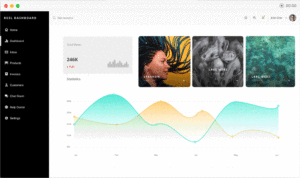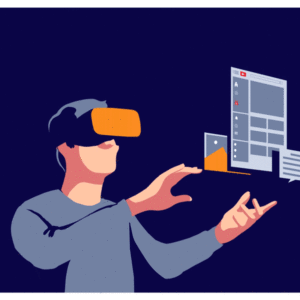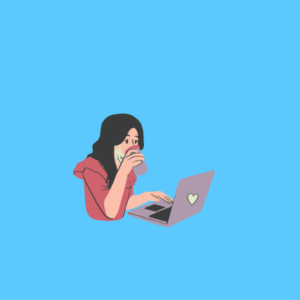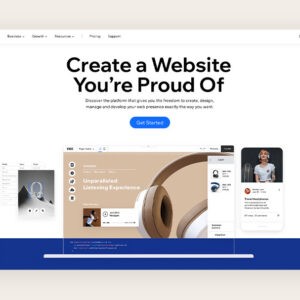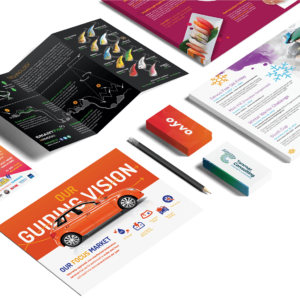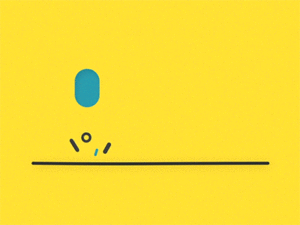
Graphic Designing: A Great Way To Earn A Living As An Artist
Students place technical terms on their resumes, like graphic designing, coding, data analysis, etc. With a growing demand for computer-related skills in job markets worldwide, it is fairly attractive. When it comes to having a well-paying career, this has always left those with creative inclinations out in the cold. Fortunately, artists will no longer have to compromise artistic experiences to earn a decent living. With new developments in art degrees that integrate art with computers, the opportunities are immense. The world of art and computers is linked to a career as a commercial digital graphic designer. Graphic Designing is a profession in which both the left brain and the right brain are used to create entire thoughts. That’s good news here. It means that, though bringing your creative gifts to the next level, you will find well-paying jobs. What Do Graphic Designers Do? As a graphic designer, through computer software, you can communicate visual ideas. You can encourage people and educate them through your work. For magazines, brochures, advertisements, or other artistic types of expression that corporations use to convey their marketing message to customers, you can design pictures. What Type of Education do You Need for Graphic Designing? Employers are usually concerned with a bachelor’s degree in Graphic Designing. A professional portfolio that contains examples of original ideas and artistic expression is a great add-on. What Do You Learn in School? You’ll learn how to be a better artist when you sign up for a graphic design program. You will also learn how to communicate your creative vision with the help of computers. Programs concentrate on the growth of graphic design foundations. For example, students of Graphic Designing learn composition, layout, digital painting and illustration, typography, pre-press creation, and photo manipulation. How Easy Is It To Get A Job in Graphic Designing? Graphic Designing students may use their qualifications to show their experience. It is unlike other careers, where students sometimes can’t get a job because they have qualifications but no experience. Many graphic design programs offer their students a chance while in school to develop a professional portfolio. As they create prototypes for their class projects and their internships, students will gather examples of their work. What is the Job Type? Graphic designers may either choose to work for themselves. Or to work for a business that specializes in delivering design services to customers. Graphic designers meet with art directors to speak about the scope of a project. Often, to communicate with a target group, they inform consumers directly about the best form of art. In essence, then, they decide the best picture for a product or service to communicate a message using graphic design software. This image can be represented as a website, a logo, or an illustration of a product. There has been an unspoken rivalry in culture between left-brain thinkers and right-brain thinkers for decades now. Left-brain-oriented individuals are interested in language, logic, and sequence. They have won over right-brain-oriented individuals interested in art, imagination, and patterns. This has given rise to the starving artist’s stereotype. Although the stigma has broken free of some outstanding musicians, they are few in number. It has been difficult for a greater percentage to make a living out of a creative profession. Now, with graphic design, you can actually be an artist and have a fantastic career, too.

